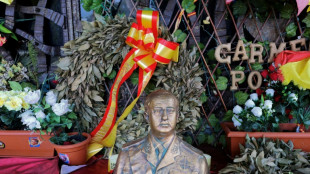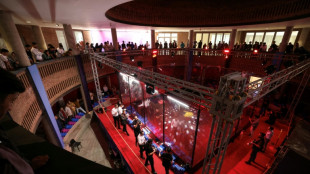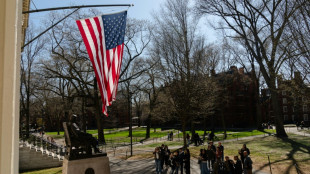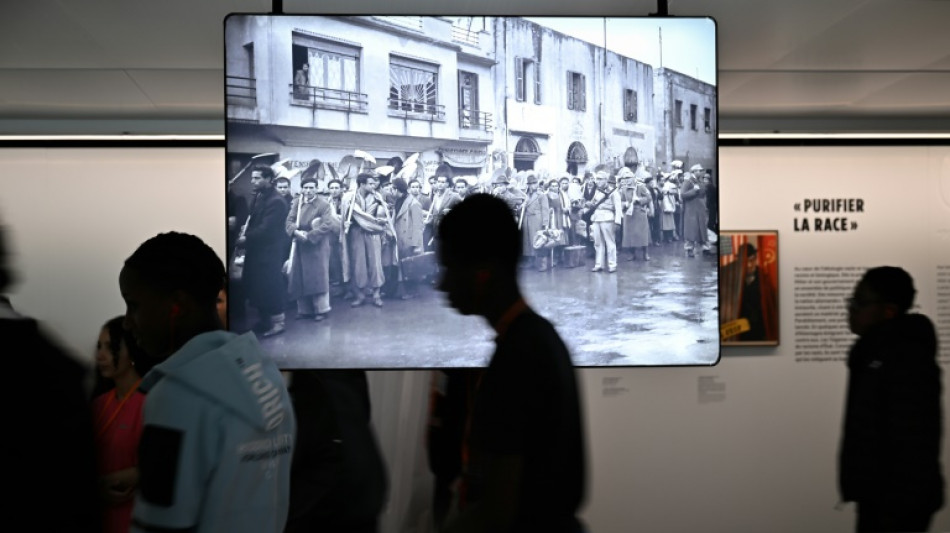
-
 Chinese ship scouts deep-ocean floor in South Pacific
Chinese ship scouts deep-ocean floor in South Pacific
-
Taiwan badminton star Tai Tzu-ying announces retirement

-
 New York City beat Charlotte 3-1 to advance in MLS Cup playoffs
New York City beat Charlotte 3-1 to advance in MLS Cup playoffs
-
'Almost every day': Japan battles spike in bear attacks

-
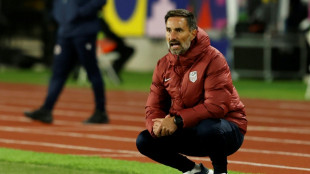 MLS Revolution name Mitrovic as new head coach
MLS Revolution name Mitrovic as new head coach
-
Trump gives Hungary's Orban one-year Russia oil sanctions reprieve

-
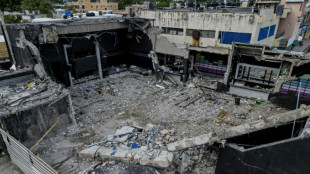 Owners of collapsed Dominican nightclub formally charged
Owners of collapsed Dominican nightclub formally charged
-
US accuses Iran in plot to kill Israeli ambassador in Mexico
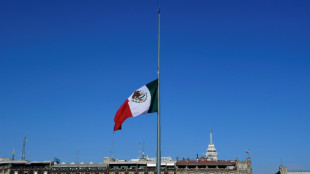
-
 New Zealand 'Once Were Warriors' director Tamahori dies
New Zealand 'Once Were Warriors' director Tamahori dies
-
Hungary's Orban wins Russian oil sanctions exemption from Trump
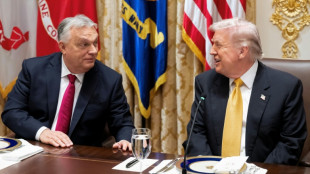
-
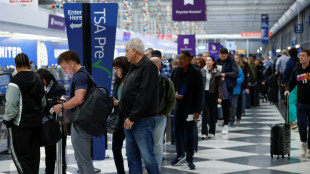 More than 1,000 flights cut in US shutdown fallout
More than 1,000 flights cut in US shutdown fallout
-
Turkey issues genocide arrest warrant against Netanyahu

-
 Countries agree to end mercury tooth fillings by 2034
Countries agree to end mercury tooth fillings by 2034
-
Hamilton faces stewards after more frustration
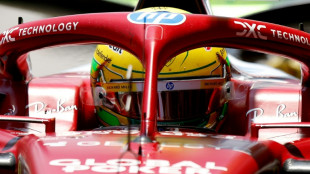
-
 World's tallest teen Rioux sets US college basketball mark
World's tallest teen Rioux sets US college basketball mark
-
Trump pardons three-time World Series champ Strawberry
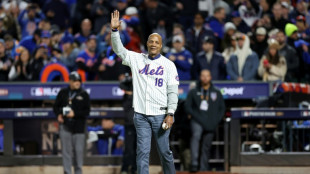
-
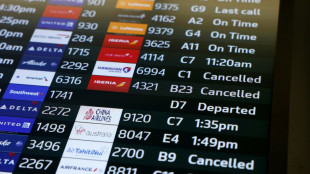 Worries over AI spending, US government shutdown pressure stocks
Worries over AI spending, US government shutdown pressure stocks
-
Verstappen suffers setback in push for fifth title

-
 Earth cannot 'sustain' intensive fossil fuel use, Lula tells COP30
Earth cannot 'sustain' intensive fossil fuel use, Lula tells COP30
-
Wales boss Tandy expects Rees-Zammit to make bench impact against the Pumas
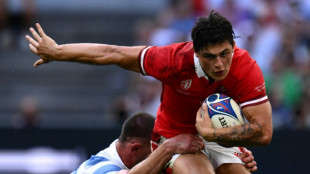
-
 James Watson, Nobel prize-winning DNA pioneer, dead at 97
James Watson, Nobel prize-winning DNA pioneer, dead at 97
-
Medical all-clear after anti-Trump package opened at US base

-
 Sabalenka beats Anisimova in pulsating WTA Finals semi
Sabalenka beats Anisimova in pulsating WTA Finals semi
-
Iran unveils monument to ancient victory in show of post-war defiance
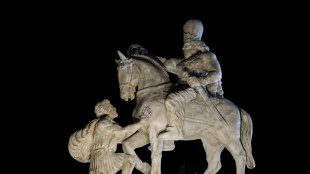
-
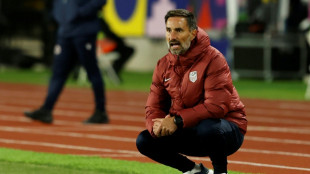 MLS Revolution name Mitrovic as hew head coach
MLS Revolution name Mitrovic as hew head coach
-
Brazil court reaches majority to reject Bolsonaro appeal against jail term
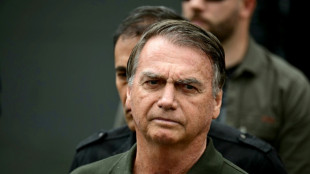
-
 Norris grabs pole for Brazilian Grand Prix sprint race
Norris grabs pole for Brazilian Grand Prix sprint race
-
More than 1,200 flights cut across US in govt paralysis
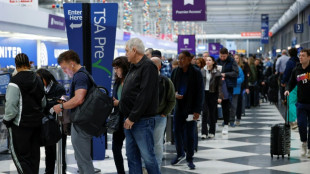
-
 NFL Cowboys mourn death of defensive end Kneeland at 24
NFL Cowboys mourn death of defensive end Kneeland at 24
-
At COP30, nations target the jet set with luxury flight tax

-
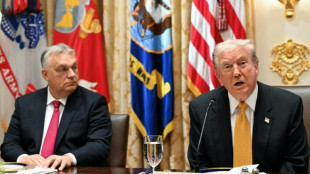 Trump hosts Hungary's Orban, eyes Russian oil sanctions carve-out
Trump hosts Hungary's Orban, eyes Russian oil sanctions carve-out
-
All Blacks 'on edge' to preserve unbeaten Scotland run, says Savea

-
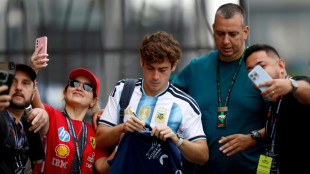 Alpine say Colapinto contract about talent not money
Alpine say Colapinto contract about talent not money
-
Return of centuries-old manuscripts key to France-Mexico talks

-
 Byrne adamant Fiji no longer overawed by England
Byrne adamant Fiji no longer overawed by England
-
Ex-footballer Barton guilty over 'grossly offensive' X posts
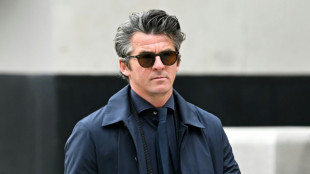
-
 Key nominees for the 2026 Grammy Awards
Key nominees for the 2026 Grammy Awards
-
Brazil court mulls Bolsonaro appeal against jail term
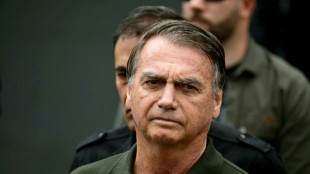
-
 Rybakina sinks Pegula to reach WTA Finals title match
Rybakina sinks Pegula to reach WTA Finals title match
-
Earth 'can no longer sustain' intensive fossil fuel use, Lula tells COP30

-
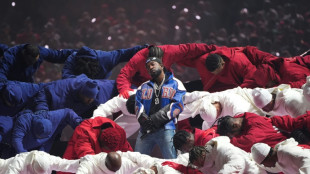 Kendrick Lamar leads Grammy noms with nine
Kendrick Lamar leads Grammy noms with nine
-
Ex-British soldier fights extradition over Kenyan woman's murder
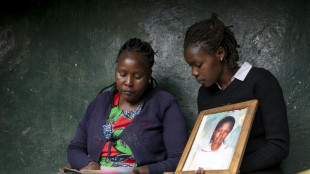
-
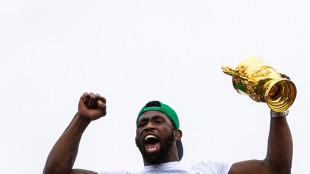 Kolisi to hit Test century with his children watching
Kolisi to hit Test century with his children watching
-
Alex Marquez fastest in practice ahead of Portuguese MotoGP

-
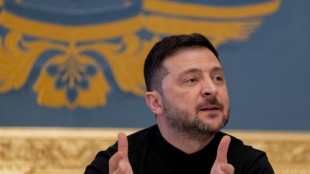 Will 'war profiteer' Norway come to Ukraine's financial rescue?
Will 'war profiteer' Norway come to Ukraine's financial rescue?
-
Tech selloff drags stocks down on AI bubble fears

-
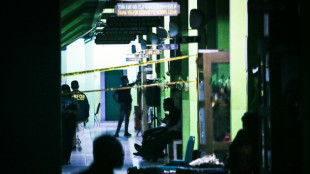 Blasts at Indonesia school mosque injure more than 50
Blasts at Indonesia school mosque injure more than 50
-
Contepomi says lead-in to Wales match a 'challenge' for Argentina

-
 Greece woos US energy deals, as eco groups cry foul
Greece woos US energy deals, as eco groups cry foul
-
Frank says Spurs supporting Udogie through 'terrible situation'


Museums rethink how the Holocaust should be shown
Historians are rethinking the way the Holocaust is being presented in museums as the world marks the 80th anniversary of the liberation of the last Nazi concentration camps this month.
Shocking images of the mass killings of Jews were "used massively at the end of World War II to show the violence of the Nazis," historian Tal Bruttmann, a specialist on the Holocaust, told AFP.
But in doing so "we kind of lost sight of the fact that is not normal to show" such graphic scenes of mass murder, of people being humiliated and dehumanised, he said.
Up to this year, visitors to the Memorial de Caen war museum in northern France were plunged into darkened rooms with life-sized photographs showing the horror of what happened in the camps and the mass executions earlier in the war.
"The previous generation of Holocaust museums used these images because it reinforces the horror," said James Bulgin, who is in charge of the Holocaust galleries at London's Imperial War Museum.
The difficulty with that is that it "denies the people within the images any capacity for agency or respect or identity," he added.
"The other problem with Holocaust narratives is that they tend to relate the history of what the Nazis and their collaborators did, not what Jewish people experienced," argued the British historian.
Some six million were murdered in the Nazi's attempt to wipe out European Jews.
- 'No photos of killings' -
Which is why "there are no photographs of killings" in the new, "almost clinically white" galleries dedicated to the Shoah at the Memorial de Caen, said Bruttmann, the scientific adviser on the project which opened this month.
"To show this absolute negation of human beings, there is no obligation to show images of such unprecedented violence," said the memorial's director Kleber Arhoul.
Historians at the Imperial War Museum had the same debate, but drew different conclusions.
They decided to still use graphic imagery. "The images exist as part of the historical record, we can't suppress their existence," said Bulgin. "But what we can do is meaningfully integrate them into the historical narrative."
He said they did consider not using them but felt it could lead to misinformation. "All of that stuff exists on YouTube and Vimeo... but without us mediating it, shaping it, informing it, giving it context," he added.
The curator said they "spoke to an enormous range" of Jewish groups and the "almost overwhelming consensus was that we should use the footage".
However, graphic images of the genocide are shown in smaller formats, often on panels that carry a warning and that you have to turn over to see. Distinctions are also made between photos taken by Jews themselves and those taken by the Nazis in the Warsaw ghetto.
Israeli historian Robert Rozett argued that "we need these memorials to be aware of what human beings are capable of, and where open hatred can lead."
At the Yad Vashem memorial in Jerusalem, "there are pictures that show mass executions. They are not gigantic but they are there," he said.
"The hardest pictures are not highlighted in any way," he said. For example, those showing the massacre of Babi Yar, near Kyiv, in 1941 do not show the moment of the killings but the aftermath. And those of the mass graves do not show the bodies but the clothes of the victims strewn on the ground.
- 'You want them to identify' -
Museums have also tended to concentrate on representing the ruthless, systematic efficiency of the Nazi death machine, experts say.
The first Holocaust memorials were "dark, oppressive spaces with a highly industrialised architecture that very much centres on Auschwitz," Bulgin said.
That was "enormously problematic and potentially slightly dangerous, because it has none of the human character that actually allowed it to happen."
Which is why the London museum has tried to concentrate on this being a genocide "done by people, to people", he said.
The new galleries in the Memorial de Caen have two distinct rooms. One on death camps like Auschwitz, the mass executions of the "Holocaust by bullets" and the mobile gas vans. The other deals with the concentration and work camps where prisoners were enslaved, brutalised and worked to death or died from hunger or disease.
But museums also have a duty to evoke the Jewish communities that were wiped out, Rozett insisted. "If you're teaching the Holocaust, you have to talk about what happened before, about what was destroyed," he said.
The first Holocaust room at the Imperial War Museum addresses this by showing a film called "The Presence of Absence". At Yad Vashem, the visit begins with a sound and light show to draw people deep into those lost worlds.
"When you're teaching, you want somebody's mind and their heart," it says. "You want them to identify. It's not enough just intellectual engagement. There has to be something emotional, but not overriding emotional."
G.AbuOdeh--SF-PST

